Thanks to Instagram I have come across many talented artists many of which I have not seen on other popular platforms until the IG TOS fiasco late later year. Susan Tuttle is one of those artists I’ve discovered through the love/hate relationship I have with Instagram. Tuttle is a masterful craftsman when it comes to the production of her iPhoneographic pieces. Each image is unique, delicate and contains elements surrealism. Thank goodness Tuttle is on Flickr so we can all see her fabulous work on a larger scale rather than that of the scaling limitations of the IG app. In this exclusive interview Susan shares her thoughts and wonderful work with us all.
…
EC: Tell me about yourself? Where are you from?
ST: I am a Mainer at heart! — having lived here 14 years. I grew up in New Jersey and spent my twenties living in Boston. I met my husband and we migrated further north, following our dream of living in Maine. It’s definitely the fantasy it’s cracked up to be — slower paced life, down-to-earth folk, lots of artists and organic farmers, gorgeous coastline and forests. It’s a great place to raise our kids and I can’t imagine living anywhere else. Well, maybe Iceland. Or Paris!
- dog in snow
EC: How did you get into mobile photography/iPhoneography?
ST: Before discovering iPhoneography my main tools of photographic creativity were my DSLR camera and Photoshop — now I’ve happily thrown my iPhone into the mix of tools. I discovered iPhoneography in 2011. My husband was given an iPhone to use for his job and I got to exploring on it one day while on a dinner date with him in Portland — snapping shots of our food and passersby in the city. Around that same time my good friend Christy Hydeck , who also happens to be the co-author of my current book Photo Craft: Creative Mixed Media and Digital Approaches to Transforming Your Photographs, introduced me to IG and her favorite list of iPhoneography apps. A few days after our dinner date, my husband gifted me with my very own iPhone! My initial photographs looked very different from my current mobile art style (I’ve since deleted almost every single one of those early photos from IG). I tended to take still life, portrait and landscape photos that had a cross-processed or black and white treatment. As I explored IG, I was drawn to artists who had a particular style — like @Thomas_K, @Cirkeline, and @_blemish_ (my ultimate favorite artist on IG — not to mention a humble, down-to-earth person and supportive cohort). I decided that my iPhoneography could be the perfect outlet for a more defined style — images a bit edgier than what one would normally see on my blog (www.susantuttlephotography.com). At the same time that I began to connect with these new, inner creative stirrings, the Universe magically gave me access to further tools I would need. I acquired a number of costumes from local thrift shops, including vintage dresses, ballerina tutus, and fancy cocktail dresses, and stocked up on masquerade-style masks from a local five and dime store (it happened to be Halloween at the time). My new iPhoneography style emerged with a life of its own, as I had fun dressing up in these costumes, constructing scenes, developing characters, and telling stories through the photos. These “stories” are multi-dimensional, in that they are personalized and brought to life by you, the viewer. When people ask me about the meanings of my pieces, I ask them to look inward for the answers. To date my style consists mainly of self-portraiture often of a surreal sensual and/or nostalgic nature, with some still life and landscape photography, mostly in monochromatic tones, with a dreamy, blurred, worn/weathered vintage feel. I throw in a dash of color now and then for surprise and accent. Although I am the figure featured in many of my photographs, I don’t tend to think of them as self-portraits, because by definition, a self-portrait involves exploring aspects of one’s self through an artistic medium. For me, I am using my body as the model, for convenience’s sake and because it’s pure fun to dress-up and move in such a theatrical way.
EC: What does mobile photography/iPhoneography mean to you?
ST: It’s another form of expression to add to the mix of mediums. I’m addicted to it frankly! — to both the process and to purchasing new apps (visiting the App Store is like being released into a penny candy store — but gosh, the cost adds up, no?). Part of the allure of iPhoneography for me is that it’s all done on a slim, tiny device that fits in the back pocket of my jeans. I can photo-manipulate in line at the grocery store, while waiting for the kids’ school bus, or at night all cuddled up in bed with a cup of tea. When it comes to mobile photography, I myself am mostly a purist, mainly because I like the simplicity and convenience of doing it all on the phone. Another plus to the purist approach is that by limiting artistic choices, I am able to fully explore this new-found stylistic niche, and I am often challenged to make something with only the tools and materials I have access to on the phone. Those limits actually turn my creativity up a few notches.
EC: Can you recall the first iPhoto you took that you, yourself, were blown away by and made you pursue iPhoneography/mobile photography more passionately?
ST: Yes, when I completed manipulating my photo The Last Picture Show (Image 5), I got this feeling inside that I had discovered something — like the door to what would become my iPhoneography style. Just minutes after I shared it on IG, Instamood gave it a feature that both validated and fuled my direction and introduced me to a whole new world of mobile artists.
- the last picture show
EC: I love the surreal beauty in your work. Has this always been apart of your process in your journey through mobile artistry?
ST: Not so much in my initial attempts at mobile photography, but it has always been present in my digital art — I like to refer to my digital artwork as surreal montage, where you look at the work and think it’s a photograph, but the nature is so surreal, you know it can’t possibly be. http://susantuttlephotography.com/the-digital-art-of-susan-tuttle/
My DSLR photography tends to favor blur and gradient light fills — so I guess you could say that dreamy quality threads its way through all of my work in some form or another.
EC: How often do you work on your iPhoneography? Do you spend a numerous amount of time working and reworking your photos?
ST: I work on my iPhoneography nearly daily. When it comes to ‘self’ portraiture, I tend to have a few photo sessions a month where I snap pools of images that I will draw from throughout the month (and sometimes beyond) for my mobile artwork. The landscape and still life photos tend to be more spontaneous and processed more quickly.
EC: How has the power of social media outlets such as Twitter, Facebook, Instagram and so on helped in the way you choose to share your work with others?
ST: I have a love/hate relationship with social media. On the one hand they can be amazing tools for sharing my work, connecting with like-minded artists around the world, giving and receiving feedback, marketing my artwork, books, and online photography and Photoshop classes, and receiving opportunities for shows and publication. On the flip side, too much of a good thing is not healthy. Keeping up with responding to comments, commenting on the wonderful work of other artists, ‘liking’ posts, composing tweets and status updates, etc. can sometimes be difficult and even feel like a chore at times. Can you relate? I live with tendonitis (which I obtained in my 20’s from practing flute for hours a day) and ulnar neuritis in my right arm and wrist, so I have to be very careful not to overuse my hands and cause a painful flare-up that can last for days. Sometimes it’s a choice between keeping up with social media or using my limited hand time for making art — I usually choose the art. To add to the mix of physical challenges, I had a bad concussion almost two years ago, and as a result I can’t use screens for extended periods of time, as doing so can trigger a strong headache. I actually use these ailments to my benefit — they force me to strike a balance in my life. They keep me away from too much screen time and get me out into the unplugged world connecting with loved ones and friends and exploring the beauty of Maine.
EC: Do you have any formal training regarding photography?
ST: I’m a self-taught photographer — but in this day and age, I don’t think it’s quite the right descriptive term to use, as there is an incredible amount of mentoring and teaching to be found online and in books — all of which I have a voracious apetite for:). Let’s call it being a self-directed learner. My artistic background is perhaps somewhat atypical. I’m a classically trained flutist and was a k-12 public school music teacher for about 10 years. In 1996 I had a serious car accident that really played a huge part in igniting my visually creative side. We had our son in 2003 and our daughter in 2005. My art and photography career really blossomed during that time. I unearthed my passion for the visual arts very quickly and absorbed all of the information and inspiration I could find via publications and online venues. Before finding my creative niche in photography and digital art in 2008, I explored mixed-media and abstract intuitive painting often on large canvases, and created assemblage with found objects that were often worn and weathered. I have a passion for teaching, so I think it was only natural for me to find outlets in article and book writing, as well as teaching online photography and Photoshop classes, and art classes to children. I feel very grateful and privileged to have an ongoing relationship with my publisher, F+W Media Inc./North Light Books, of which I have written three books with so far (Exhibition 36 (2008) which focuses on mixed-media art, Digital Expressions (2010) which explores digital art with Photoshop, and my latest release Photo Craft (2012, co-authored with Christy Hydeck) which focuses on photography, creative photo editing, and making mixed-media art with photos. Sharing my skills and what I have learned regarding photography, iPhoneography, and photo editing is what it’s all about for me. We should never be afraid to teach our techniques and tricks for fear of others copying us. Think of your art as your individual thumbprint — something that comes uniquely from you — something that can never be exactly replicated.
EC: What types of subjects do you like to shoot?
ST: When it comes to my mobile art I enjoy shooting portraits, landscapes, and still life scenes. I definitely have a thing for dressing up in tutus, as you may have noticed from my body of work. I currently own four fluffy ballerina costumes and I’m ‘renting’ space from my daughter’s closet ’cause they won’t all fit in mine:)
EC: Who inspires you? Who are your artistic influences?
ST: I never know where my next inspiration will come from, and sometimes it comes from some of the most surprising places. In fact, a single, microscopic snowflake sparked an idea just the other day! When it comes to artistic influences I am enamoured with the work of photographer Sarah Moon, digital artist Maggie Taylor, artist Cy Twombly, and wet plate collodion photographer Dave Prifti to name a few. The actual list would be way too long for this interview.
EC: When you’re in a creative block what do you do to break out if it?
ST: Eat chocolate:) Yes, sometimes that works. But what I tend to do is just give in to the block rather than be frustrated with it or see it as an obstacle. I consider the block to be a sign that I am in need of some creative rest time. The proverbial muse always returns in full force, newly energized and ready to go. So, I sit back, eat chocolate, and look forward to her to return.
EC: What has been the some of the challenges of using the iPhone as a camera?
ST: I think my frustrations are pretty limited just because my mobile art style is grainy, textured, blurred and time-worn. I think if I were aiming to take more traditional, clear shots on my iPhone (as compared to with my DSLR), I would definitely feel some frustration. At least for now, nothing beats a DSLR when it comes to image quality (especially for printing purposes), manual control of shutter speed and aperture (which you don’t have with the iPhone), and the broad range availability of fantastic interchangeable lenses. On the flip side, I have to say that the iPhone has lots of beneficial characteristics that a DSLR does not — it’s very portable, simple to use, allows for immediacy/spontaneity, and makes it easy to go incognito when taking street photos.
EC: What has been the most surprising or most predictable reaction from people to your iPhonographic images?
ST: I hope never to be too predictable, and if I notice my work going in that direction I know it’s time to change it up a bit and throw in a few surprises. One thing I have noticed on IG is that some of my followers tend to like certain aspects of my style, and if I create something that veers from my style it’s not always well received — in the form of less ‘likes’ and sometimes ‘unfollows.’ I’m okay with that. Sure, it doesn’t always feel good if someone doesn’t care for my work, as it comes from such a personal place and and not without lots of time and effort, but at the same time that element of subjectivity is what’s so exciting about art.
EC: What’s in your iPhone camera bag? What are a few of your favorite apps that you’re currently using?
ST: Okay, I’ll admit it. I have a problem. I purchase WAY TOO MANY apps, and even though I promise myself I will try to utilize more of them in my work, I tend to always stick with my tried and true apps. Those would include 6×6, Camera+, CameraBag, MonoVu, Blender, PhotoWizard, ScratchCam, VintageScene, FocalLab, Cameramatic, Filterstorm, VSCO Cam and Snapseed.
EC: Where do you see iPhoneography/mobile photography in the future?
ST: I have no idea, but I am sure it will be mindblowing, and I suspect those top secret plans may already exist under lock and key. Steve Jobs was a genius and I think the world will be enjoying his vision for Apple for many years to come.
EC: Do you mind telling us how you have created a recent piece of iPhonographic work from start to finish?
ST: Sure!
STEP 1 I snapped a photo in my home and ran it through the app Old Camera.
STEP 2 PhotoWizard is my ‘go-to’ for basic touch-ups and tools. I used it in this step to crop my photo into a square to ready it for IG.
STEP 3 Using FocalLab, I added a ‘soft focus’ blur.
STEP 4 Screenshots for step four and step five are left out, as the figure’s dress is very sheer and revealing in these steps and not intended to be part of the final product. I brought the photo of the chair and the photo of the figure into Blender and applied the “Multiply” Blend Mode, reducing the opacity of the figure some to give her a ghostly appearance. I used the mask feature to erase parts of the figure that obstructed the view of the chair, as well as to erase the hard edges of the figure image. I wanted it to appear as if the woman was standing in front of the chair looking out the window.
STEP 5 To heighten contrast and transform the figure into a semi-silhouette, I added the “mono2” filter in MonoVu.
STEP 6 I brought the shot back into FocalLab and added a ‘zoom’ blur. The screenshot for step six is the final product.The actual work flow of this piece was by no means as straight forward as this tutorial. The final product you’re seeing is a result of many “failed” attempts and alternate versions that did not feel ‘just right.’ I love the ride of the creative process though, don’t you? That’s where I get that high — in the thick of it — not at the finish line.
EC: What other thoughts would you like to share?
ST: If you visit my website/blog you’ll not only find iPhoneography and DSLR photography that focuses around my life in Maine, but also free photography-based tutorials, DIY project tutorials, and thrifty fashion ideas.
I want to thank you Edi for this opportunity to share my thoughts and art. I greatly appreciate all the work you do to inspire, promote, and support the mobile art community. It was a privilege and an honor to be your guest.
Thank you Susan, for participating in this feature here on iPhoneogenic, our Facebook Page, Twitter, and Instagram. I’m so happy to have had the opportunity to get to know more about you and honored to have you share your work here on the blog.
For more on Susan check out these links:
Website/Blog: susantuttlephotography.com
Instagram: @SUSANTUTTLE
Flickr: ilkasattic
EyeEm: @SusanTuttle
FB: susan.tuttle.144
Twitter: @IlkasAttic
Pinterest: susant
All images shown here are copyrighted property of the artist and are published on all iPhoneogenic outlets with the consent of the artist, please contact Susan Tuttle for copyright privileges.
Related Posts
Featured Artist – Joanna Dunford | @justjo
Featured Artist – Paul Moore | @Mooro1
Featured Artist – Lynette Jackson | @LynetteJackson
Featured Artist – Ginger Lucero | @sxethang
Featured Artist – Mel Harrison | @mahoganyturtle

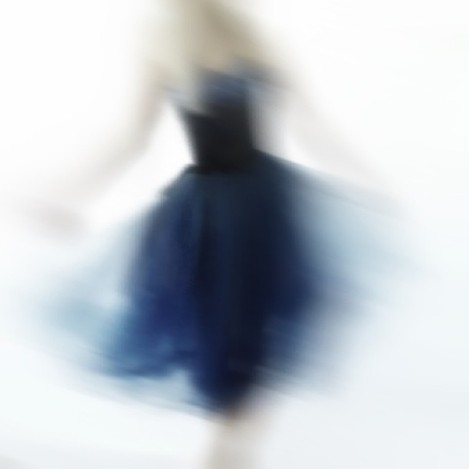
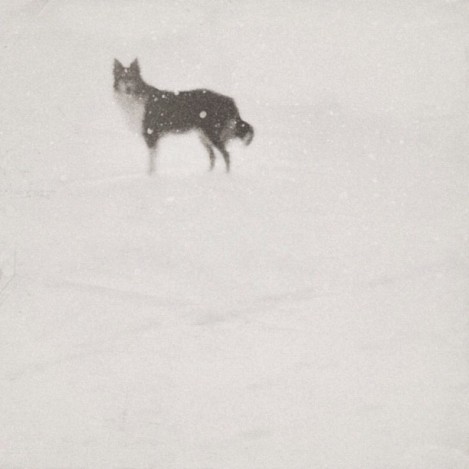
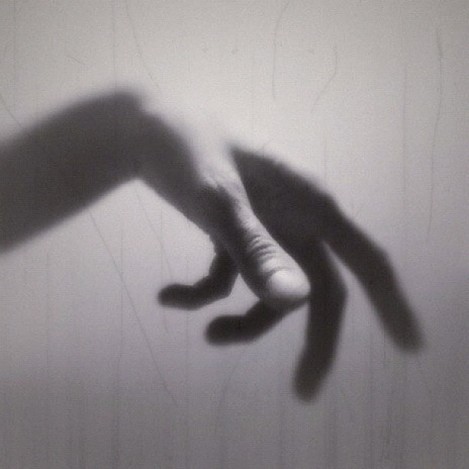
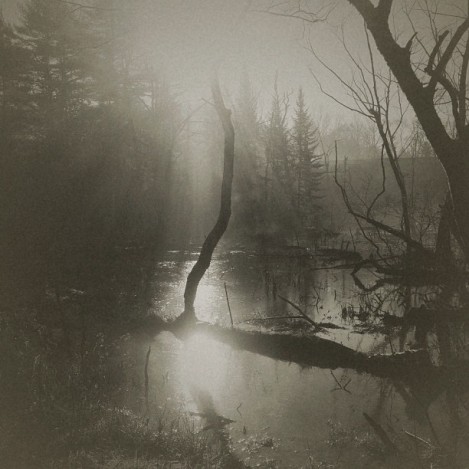
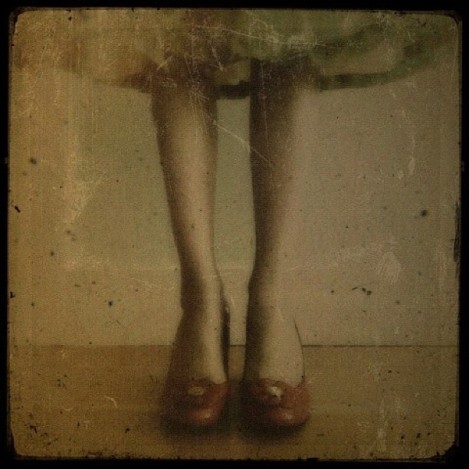
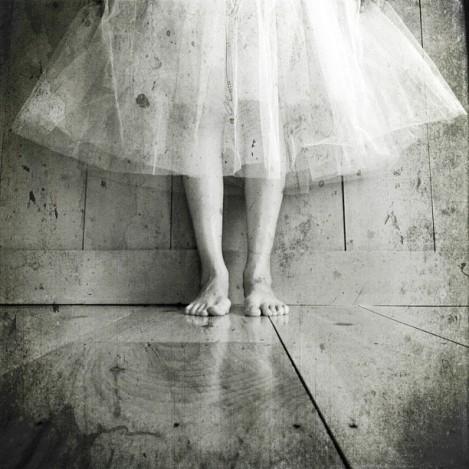
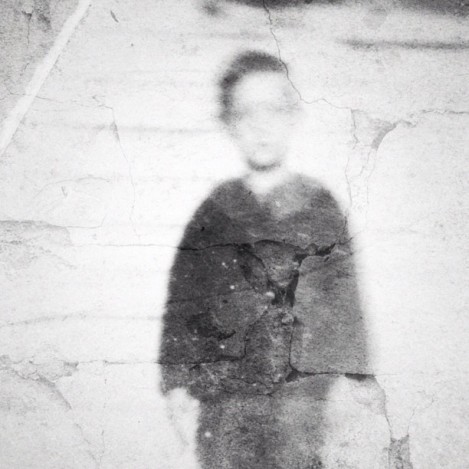
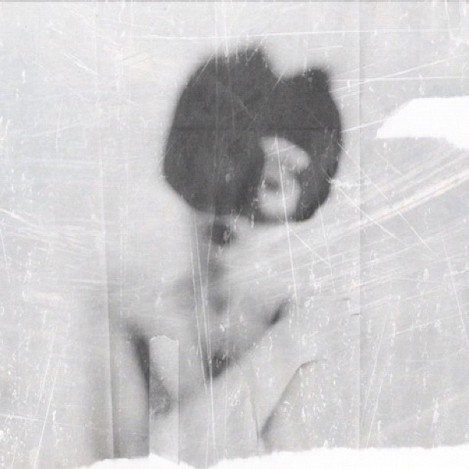
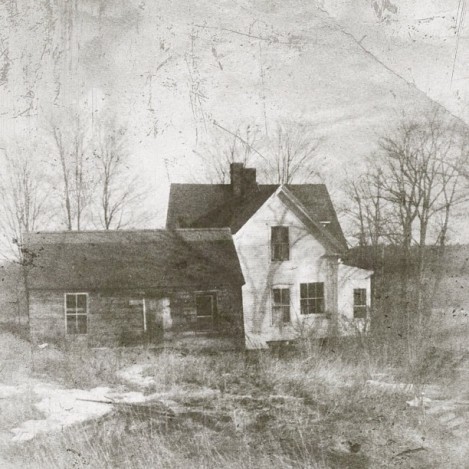
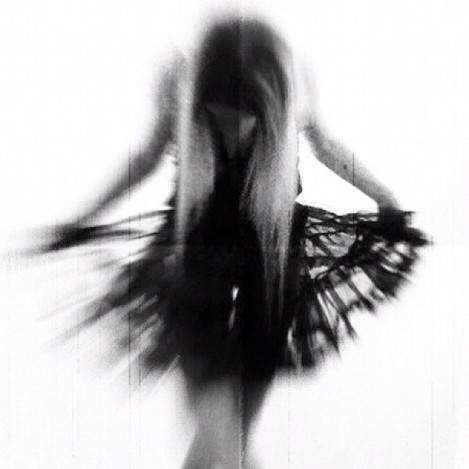
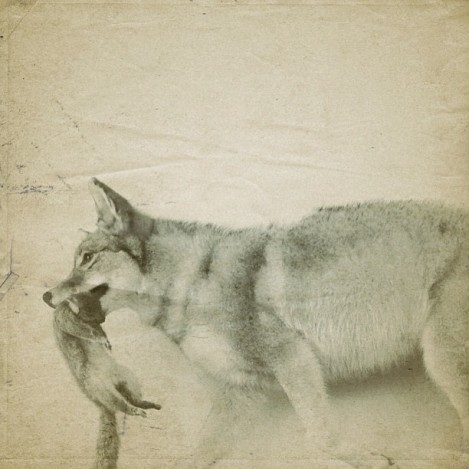
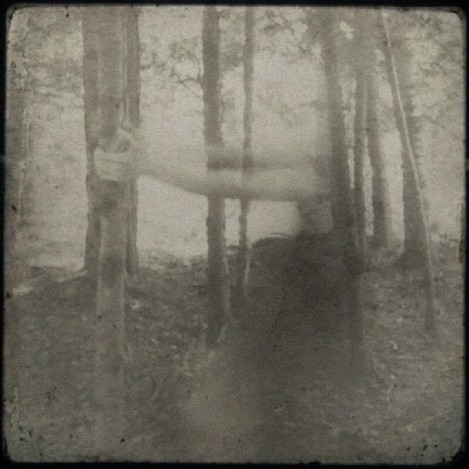
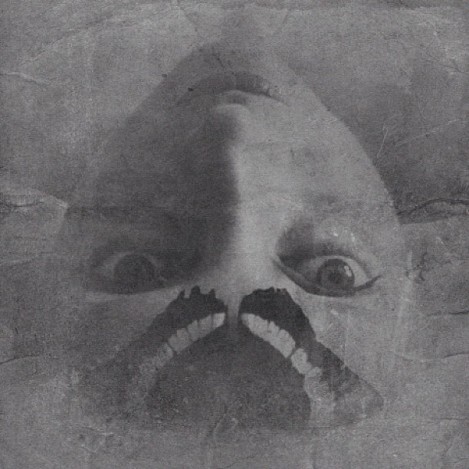
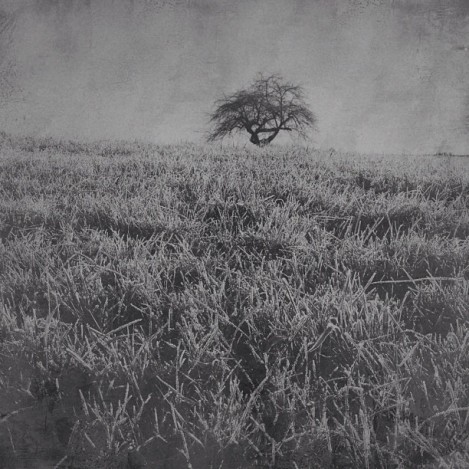

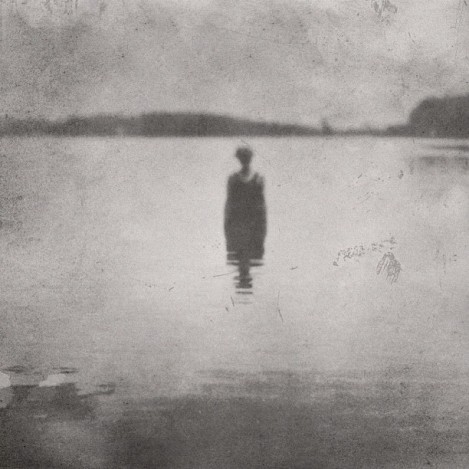
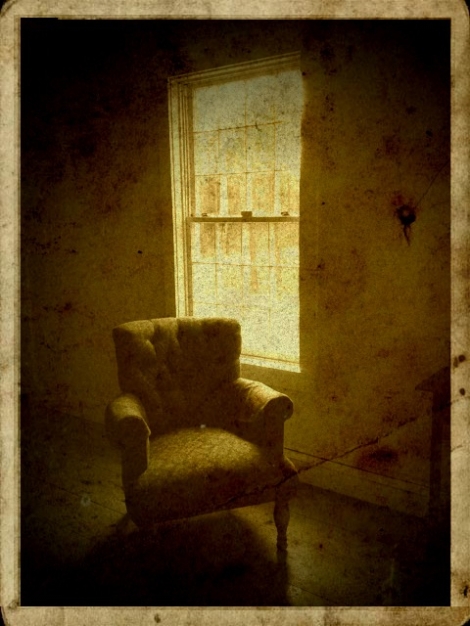
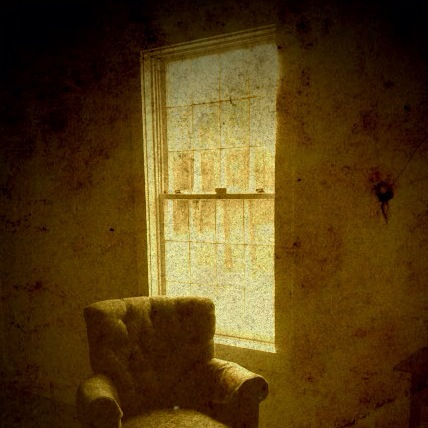

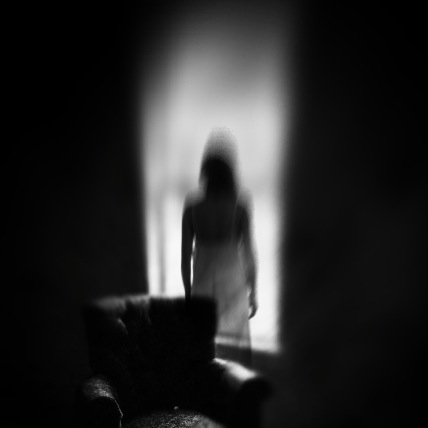
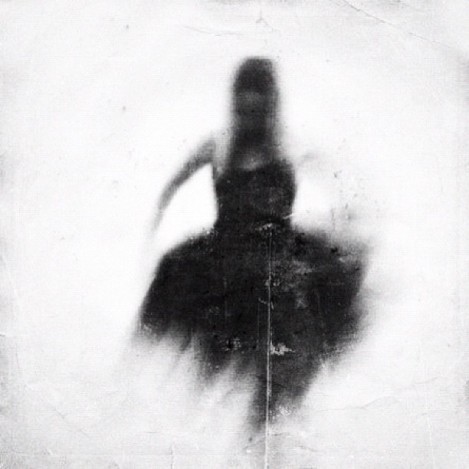
I love reading your features!
Colleen Be Creative!
LikeLike
Many thanks to you Edi for inviting me to share — it was such a pleasure and an honor! I so appreciate all you do to move the mobile art and mobile photography movement forward. You are spectacular! — and a wonderful iPhoneographer to boot!
LikeLike
Totally love your work. It has a perfect combination of mystery and reality
LikeLike
Love Susan’s work! Great to read more about her here…
LikeLike
Thank you so much Glenda and Christy! xo
LikeLike
I don’t “do” IG but found your work through other searches – thanks for sharing some of your work flow – very helpful to a newbie ( 1 yr ) like me. I am struggling to a find a visual voice/style and am at a standstill – but it’s helpful to see work like yours as an inspiration and something to shoot for ( pardon the pun ) :-)
Look forward to seeing more of your creative image making.
Cheers!
LikeLike
I am so happy to hear this Tracy. Best to you as you explore your creativity.
LikeLike